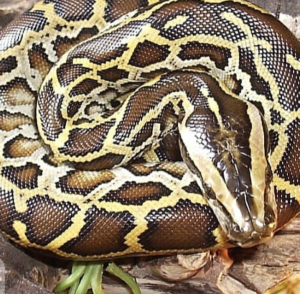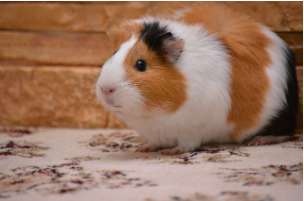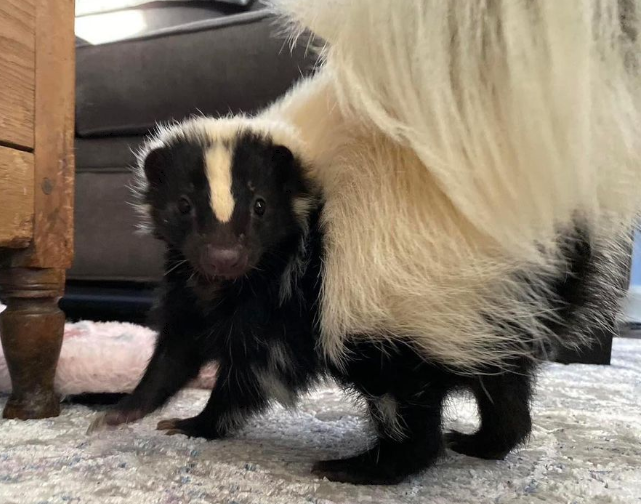Snakes as Pets: What You Need to Know
Snakes can make fascinating and rewarding pets, but they are not for everyone. Before you decide to get a pet snake, it is essential to do your research and understand the unique needs and challenges of caring for these reptiles.
Here are some of the things you need to know about snakes as pets:
- Snakes are not cuddly animals. They do not have the exact social needs as dogs and cats and do not enjoy being petted or held similarly. If you are looking for a pet you can cuddle and play with, a snake is not the right choice.
- Snakes require specialized care. They need a specific temperature and humidity range, as well as a diet that is tailored to their individual needs. You will also need to provide them with a secure enclosure large enough for them to move around comfortably.
- Snakes can live for a long time. Some species of snakes can live for 20 years or more. This means that getting a pet snake is a long-term commitment.
If you are still interested in getting a pet snake, here are some tips:
- Choose the correct species of snake. There are over 3,000 species of snakes worldwide, and not all are well-suited to life as pets. Some snakes are more challenging to care for, and some can be dangerous. It is essential to do your research and choose a species appropriate for your experience level and lifestyle.
- Get your snake from a reputable breeder or rescue organization. This will help ensure that you get a healthy snake that has been well-socialized. Avoid buying snakes from pet stores, as they often do not come from reputable sources.
- Please set up your snake’s enclosure before you bring it home. This will give you time to ensure everything is set up correctly and that the section has the right temperature and humidity.
- Handle your snake gently and regularly. This will help it to become more comfortable with you and to trust you.
Here is a more detailed overview of the care and keeping of pet snakes:
Enclosure
Snakes need an enclosure that is large enough for them to move around comfortably. The section should also be secure to prevent them from escaping. The size of the square will vary depending on the size and species of snake. A good rule of thumb is to choose an enclosure that is at least twice as long as the snake and as wide as the snake’s thickest point.
The enclosure should also be well-ventilated to prevent ammonia buildup and other harmful gases. You can provide ventilation by drilling holes in the sides and top of the section or by using a screen lid.
Substrate
The substrate, or bedding, in your snake’s enclosure, should be soft and absorbent. It should also be easy to clean. Some popular substrates for snakes include:
- Aspen shavings
- Newspaper
- Coconut fiber
- Reptile bark
It is essential to avoid using substrates that are dusty or that can irritate your snake’s skin.
Temperature and humidity
Snakes are ectotherms, meaning they rely on their environment to regulate their body temperature. It is essential to provide your snake with a basking spot where it can warm up and a more relaxed area where it can cool down. The basking site should be around 90-100 degrees Fahrenheit, while the more open space should be about 75-80 degrees Fahrenheit.
You can use a heat lamp or pad to create a basking spot. Be sure to place the heat lamp or pad on one side of the enclosure so your snake can bask or cool down as needed.
Snakes also need a certain level of humidity in their enclosure. The humidity level will vary depending on the species of snake. Some snakes need a humidity level of up to 80%, while others only need a humidity level of 50%. You can use a hygrometer to measure the humidity level in your snake’s enclosure.
If the humidity level is too low, you can increase it by placing a shallow water dish in the enclosure. You can also mist the section with water several times a day.
Lighting
Snakes need a certain amount of light in their enclosure. Some species of snakes also need UVB light to help them produce vitamin D.
Consult a veterinarian or reptile expert if you still need to determine how much light your snake needs.
Food and water
Snakes eat a variety of prey, depending on their species. Some snakes eat rodents, while others eat insects or fish. It is essential to feed your snake a diet that is appropriate for



